Highlights
- Original Salvador Dali painting found at a house clearance sale in Cambridge.
- Bought for £150, now expected to fetch £20,000–£30,000 at auction.
- The piece, Vecchio Sultano, is part of a rare series linked to The Arabian Nights.
- Confirmed authentic by Dali expert Nicolas Descharnes.
- Auction to be held by Cheffins on 23 October.
Dali original rediscovered in Cambridge sale
A painting by Salvador Dali, bought for just £150 at a house clearance sale, has been authenticated as an original work by the surrealist master and is expected to sell for up to £30,000 at auction.
The artwork, titled Vecchio Sultano, is a mixed media piece featuring watercolour and felt-tip pen. It was acquired in 2023 by an art dealer who later discovered it had been fully attributed to Dali when previously offered at Sotheby’s in the 1990s.
Authenticated and set for auction
The painting has now been certified as genuine by leading Dali expert Nicolas Descharnes. It will be offered by Cambridgeshire-based auctioneer Cheffins on 23 October. The seller has chosen to remain anonymous.
Gabrielle Downie, associate at Cheffins, called the find a “significant rediscovery”:
“The loss of an attribution is quite rare in the modern art world. To handle a genuine rediscovery of a work by someone who is easily one of the most famous artists in the world, and the godfather of Surrealism, is a real honour.”
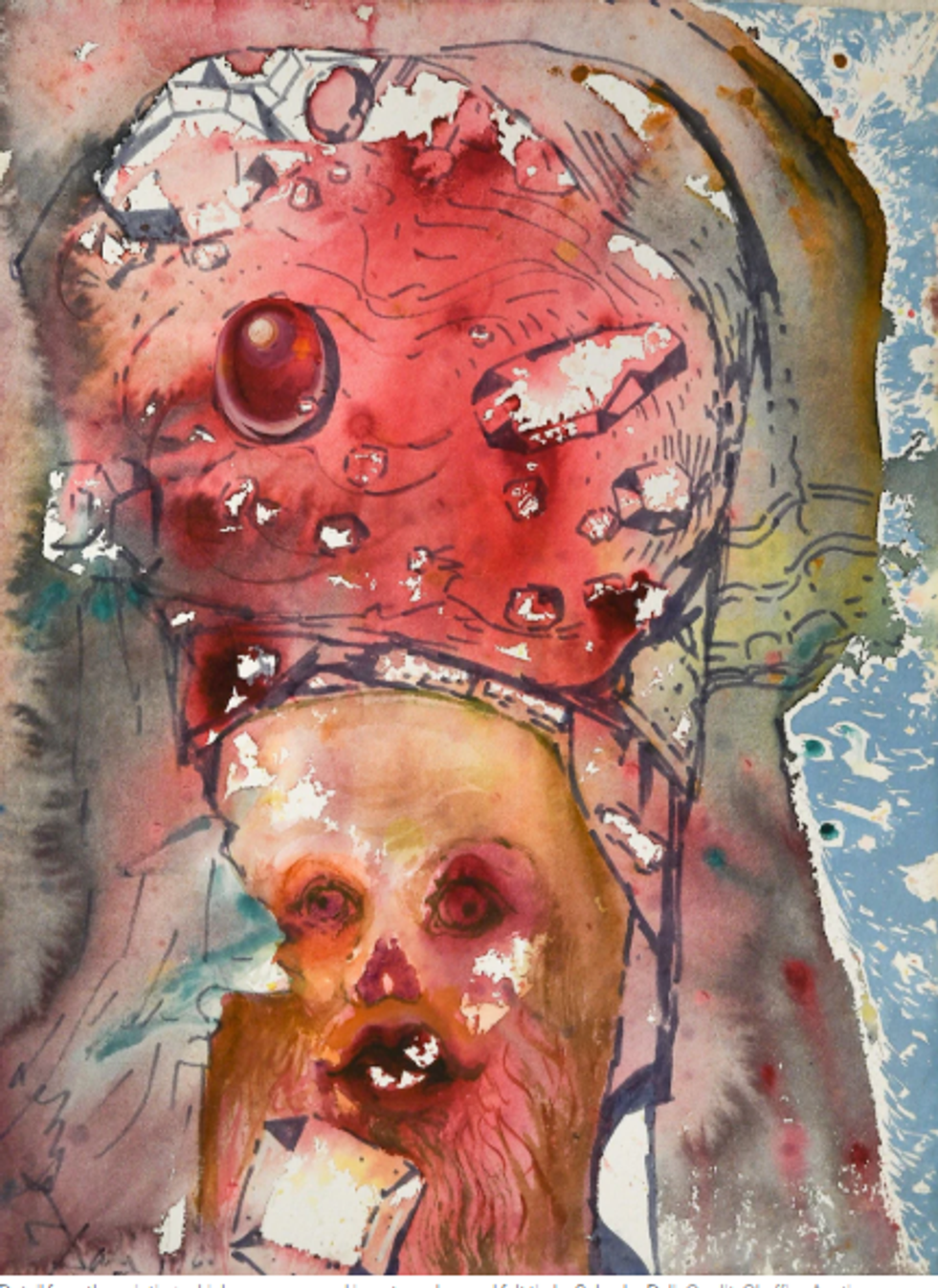
Link to The Arabian Nights project
Vecchio Sultano depicts a scene from The Arabian Nights and was part of a planned series of 500 works Dali had intended to create, inspired by Middle Eastern folk tales. The project was commissioned by Italian collectors Giuseppe and Mara Albaretto, who had originally asked Dali to illustrate a Bible in 1963. Dali instead chose to focus on 1,001 Nights, reflecting his fascination with Moorish culture.
Only 100 pieces were completed before the project was abandoned. Of these, 50 remained with the publishers and were damaged or lost. The remaining 50 were kept by the Albaretto family and later inherited by their daughter Christina, Dali’s goddaughter.
A rare piece of Dali’s legacy
According to Ms Downie, the artwork likely comes from the batch of 50 retained by the family and later lost. The surviving pieces were published in 2016 by the Folio Society.
With its unusual materials and cultural references, the 38cm x 29cm piece shows a lesser-known aspect of Dali’s creative practice. Ms Downie added:
“While Dali’s work is often some of the most recognisable, this is an unusual piece which shows a different side to his practice when working in watercolour.”
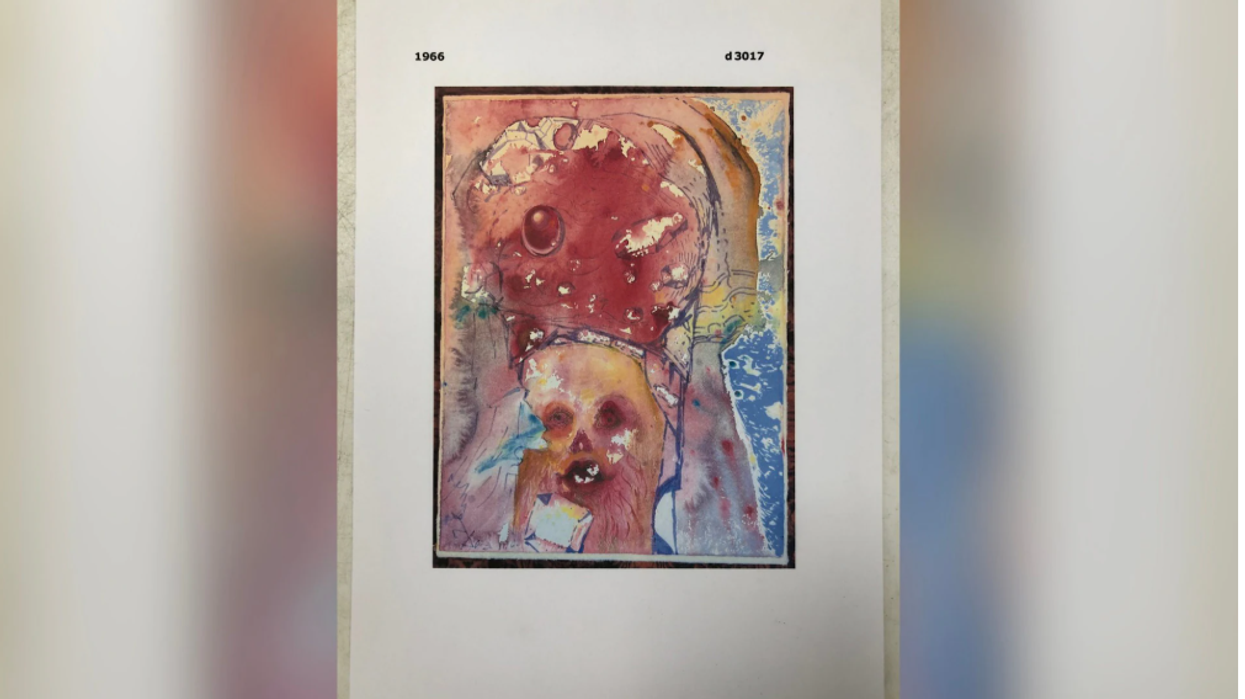


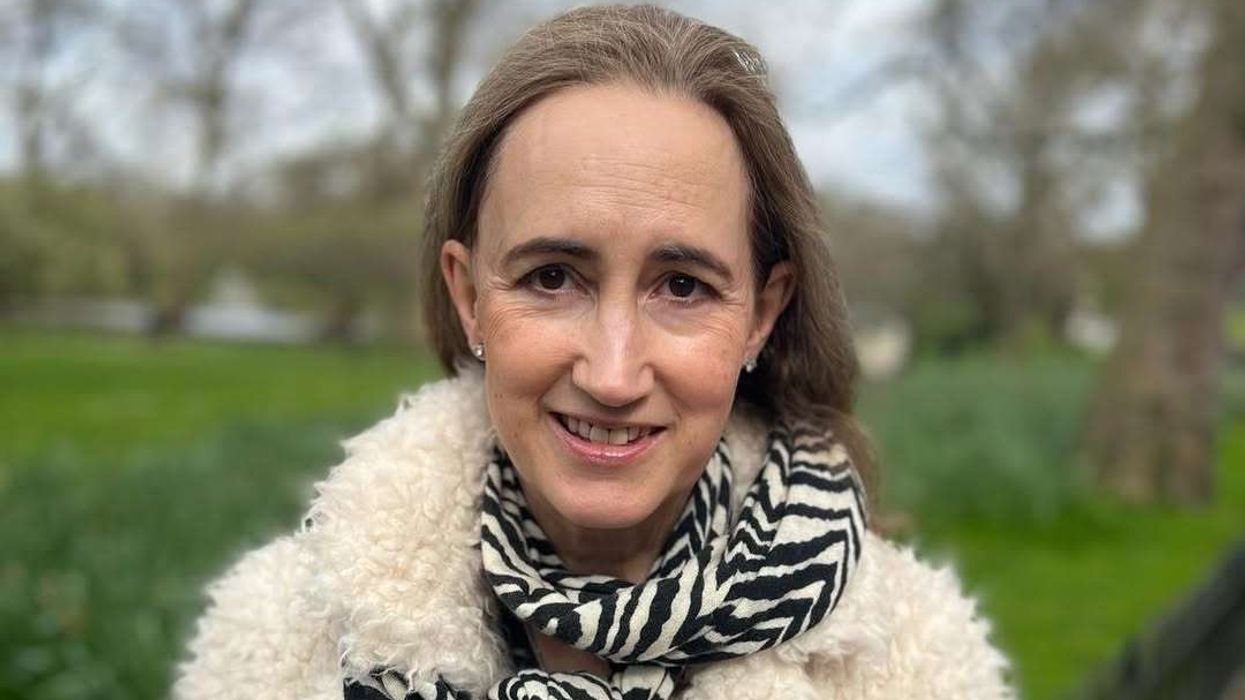
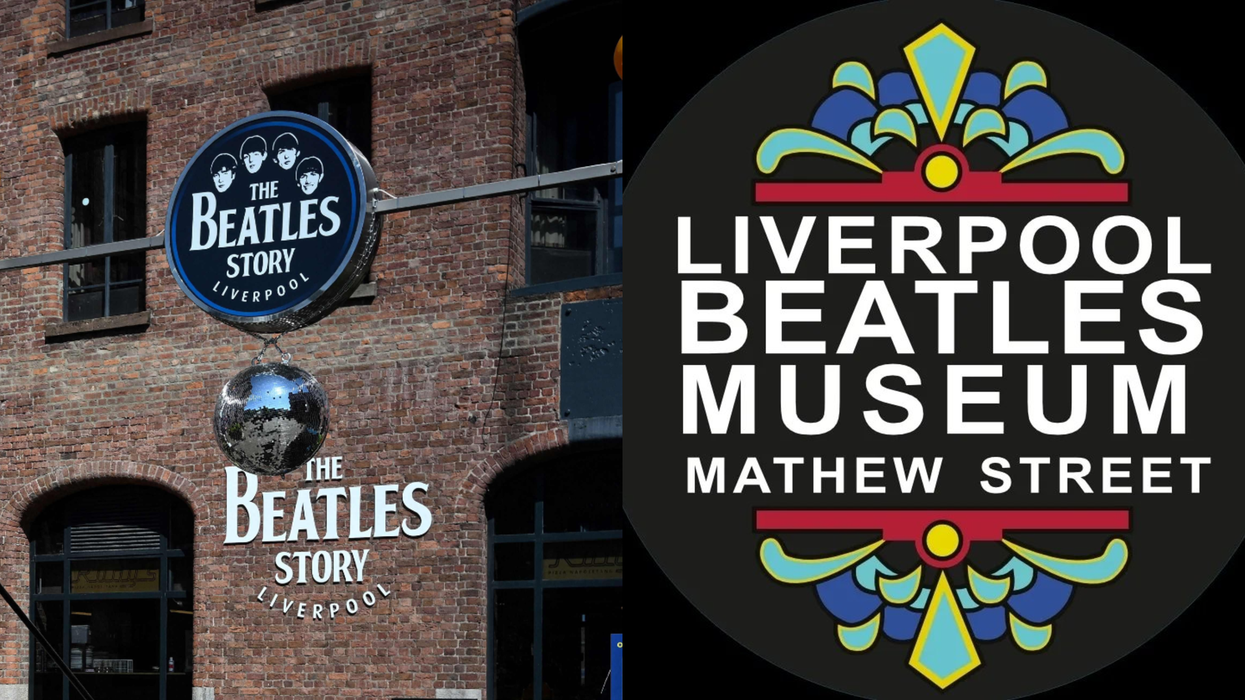
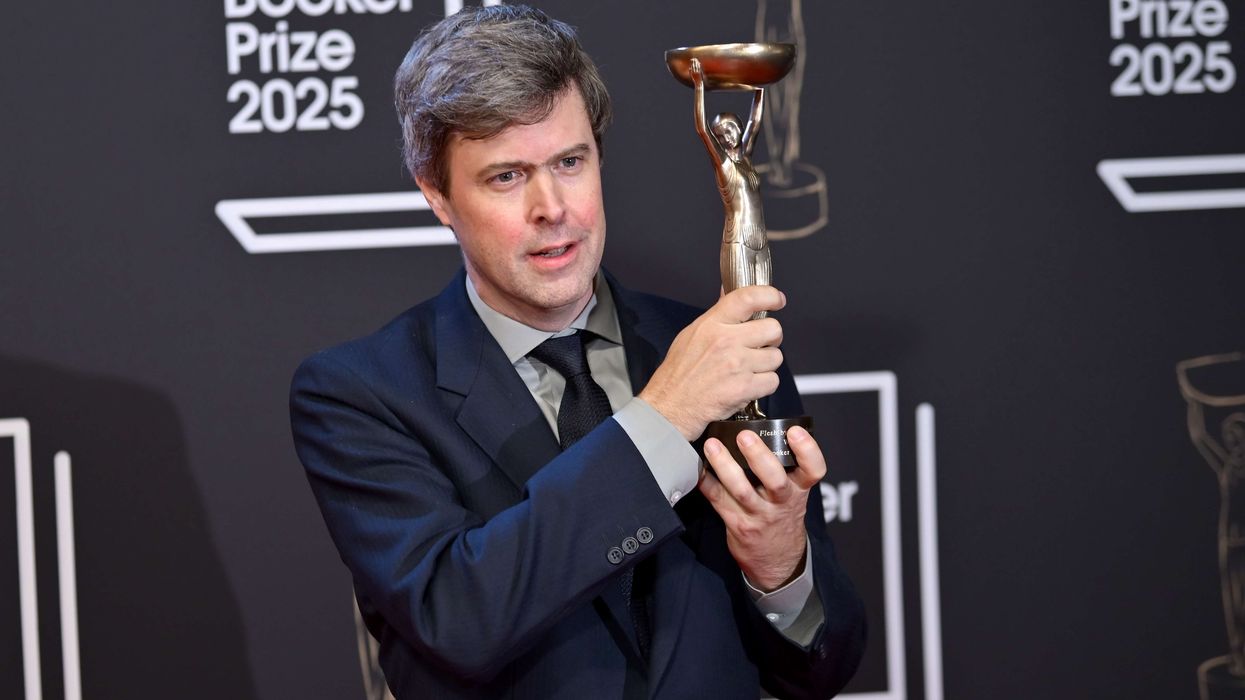

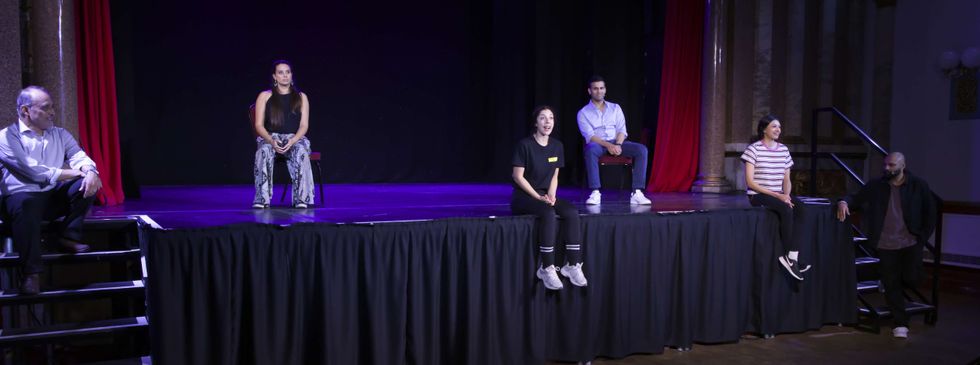 The play is written by Tarun Jasani and directed by Mukul AhmedMGT
The play is written by Tarun Jasani and directed by Mukul AhmedMGT





